Overview Cosmos (ATOM)
Cosmos is a decentralized network designed to create an Internet of Blockchains, aiming to make it easier for different blockchains to interact with one another. The project was created by Jae Kwon and Ethan Buchman and is supported by the Interchain Foundation (ICF), a Swiss non-profit that funds open-source blockchain projects. Cosmos seeks to address key challenges in blockchain technology, such as scalability and interoperability, by providing a platform that enables blockchains to communicate and share data securely.
At its core, Cosmos enables different independent blockchains, known as zones, to interact with each other, while maintaining their own consensus mechanisms and governance. The Cosmos Hub, powered by its native cryptocurrency ATOM, acts as the central blockchain that connects and facilitates communication between all the connected zones within the network.
Key Features of Cosmos
- Interoperability: Cosmos is designed to allow various blockchains (even those with different consensus mechanisms) to communicate and share data. The primary tool for achieving this interoperability is the Inter-Blockchain Communication (IBC) protocol, which securely links blockchains in the Cosmos ecosystem.
- Modularity: Cosmos offers a modular architecture that makes it easy for developers to create customized blockchains. Developers can use the Cosmos SDK to build their blockchains, leveraging pre-built modules for common blockchain functionality like staking, governance, and token issuance. The Tendermint consensus engine powers these blockchains, ensuring secure and fast transaction processing.
- Scalability: Unlike older blockchains like Bitcoin and Ethereum, which suffer from scalability issues, Cosmos’s architecture allows it to scale by enabling the creation of multiple blockchains (zones), each capable of processing its own transactions. These zones can interact with each other via the Cosmos Hub, reducing the congestion on any single blockchain.

How Cosmos Works
The Cosmos network is built on three core layers:
- Application Layer: This layer processes transactions and updates the state of the network. It is where developers can build decentralized applications (dApps) on top of Cosmos-based blockchains.
- Networking Layer: This layer enables communication between transactions and blockchains. The IBC protocol allows different zones to send and receive data and tokens.
- Consensus Layer: This layer ensures that nodes within the Cosmos network agree on the current state of the blockchain. The Tendermint BFT (Byzantine Fault Tolerant) consensus algorithm underpins this layer, providing security and preventing malicious actors from corrupting the network.
Core Components of Cosmos
- Tendermint BFT: At the heart of Cosmos is Tendermint, an algorithm that facilitates the consensus process in a Byzantine fault-tolerant (BFT) manner. It ensures that the Cosmos network is highly secure and resistant to attacks while allowing for fast and efficient block processing. Tendermint provides a proof-of-stake (PoS) governance mechanism, where nodes in the network must stake ATOM tokens to participate in validating transactions and voting on changes.
- Cosmos Hub: The Cosmos Hub was the first blockchain created within the Cosmos network. It serves as the intermediary that connects and facilitates communication between all the independent blockchains, or “zones,” within the Cosmos ecosystem. Each zone can operate independently but must communicate with the Cosmos Hub to exchange data and maintain consistency across the network.
- Inter-Blockchain Communication (IBC): The IBC protocol enables data and value (tokens) to be transferred between different blockchains connected to the Cosmos Hub. This is a key innovation that allows Cosmos to facilitate interoperability across blockchains, regardless of their underlying consensus mechanisms or governance structures.
- Cosmos SDK: The Cosmos SDK is an open-source framework that allows developers to create custom blockchains using Tendermint’s consensus algorithm. It simplifies the process of building new blockchains by providing essential modules like staking, governance, and token creation, which developers can use as building blocks for their own projects.

ATOM Token: The Fuel of Cosmos
ATOM is the native cryptocurrency of the Cosmos Hub and plays a central role in the network’s operations. ATOM is used for the following:
- Staking: To participate as a validator or delegate in the Cosmos network, users must stake ATOM tokens. Validators help secure the network by confirming transactions and proposing new blocks. They are rewarded with ATOM tokens for their efforts. Delegators, who delegate their tokens to validators, also receive a portion of these rewards.
- Voting on Governance: ATOM holders can use their tokens to vote on important network decisions, such as protocol upgrades or changes to the Cosmos network. Voting power is proportional to the amount of ATOM a user has staked.
- Transaction Fees: ATOM is used to pay transaction fees on the Cosmos Hub. These fees incentivize validators to process and confirm transactions, maintaining the network’s integrity.
Why ATOM Has Value
ATOM has value for several reasons:
- Staking Rewards: Validators and delegators are rewarded with ATOM tokens for participating in the consensus process. These rewards create an incentive to hold and stake ATOM, which helps secure the network.
- Governance Power: Since ATOM holders can participate in the governance of the Cosmos network, their tokens give them a say in the future direction of the project. This gives ATOM value as a means of influencing decisions on protocol upgrades, ecosystem development, and more.
- Interoperability and Demand: As more blockchains (zones) are built within the Cosmos ecosystem, there will be an increasing demand for ATOM to facilitate communication between these blockchains. The more blockchains that rely on the Cosmos Hub, the greater the demand for ATOM to maintain the network’s security and interoperability.
- Network Security: The more ATOM is staked on the network, the more secure the Cosmos Hub becomes. Higher staking levels reduce the likelihood of attacks, making the network more robust and valuable.
ATOM’s Inflationary Model
One key thing to note is that ATOM has no fixed supply cap, meaning that new ATOM tokens can be created through staking. The inflation rate of ATOM tokens varies based on the amount staked in the network. The annual inflation rate is designed to encourage staking, and it typically fluctuates between 7% and 20% per year. As more tokens are staked, the inflation rate decreases.
Cosmos Use Cases
Cosmos is positioned to address several critical needs in the blockchain space:
- Cross-Chain Communication: Cosmos enables interoperability between different blockchains. This is crucial for the growing ecosystem of decentralized applications (dApps) that need to work across various platforms.
- Custom Blockchains for Developers: Developers can use the Cosmos SDK to quickly build customized blockchains with specialized features, allowing for greater flexibility than traditional blockchain platforms like Ethereum.
- Decentralized Finance (DeFi): The Cosmos network hosts a variety of DeFi projects that leverage the scalability and interoperability of the ecosystem. Cosmos enables these projects to interoperate with each other, creating a more interconnected DeFi ecosystem.
- Blockchain for Enterprise: Enterprises looking to build their own blockchain solutions can leverage Cosmos’s modular framework, which allows for the creation of private blockchains with specific use cases, while still maintaining the ability to connect to the wider Cosmos network for cross-chain communication.
Cosmos (ATOM) is an ambitious and innovative project that seeks to tackle some of the most significant challenges in the blockchain space, namely scalability, interoperability, and customizability. By providing a platform for developers to create blockchains with minimal complexity and ensuring that those blockchains can easily communicate with each other, Cosmos is laying the groundwork for a decentralized future where blockchains can coexist and work together seamlessly. As more developers and projects adopt Cosmos’s tools, the value of ATOM and the network’s potential will likely grow, making it a crucial player in the blockchain ecosystem.



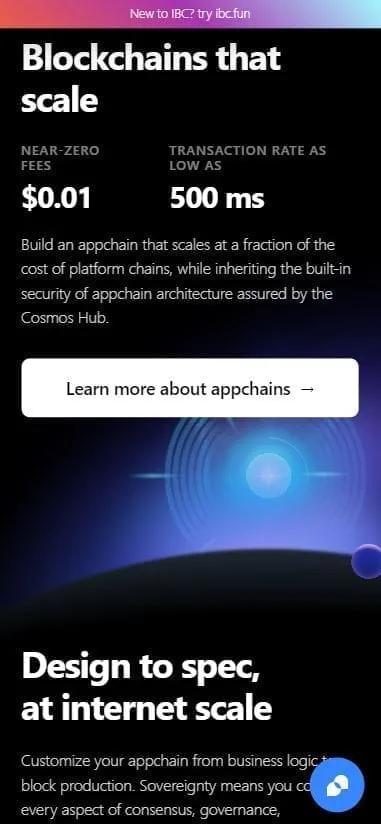
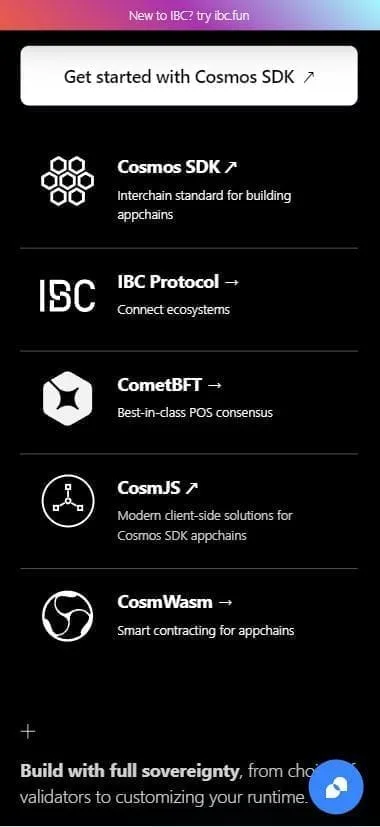
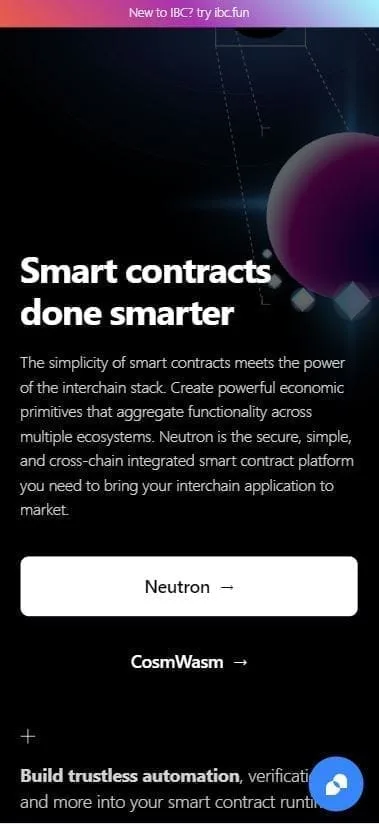
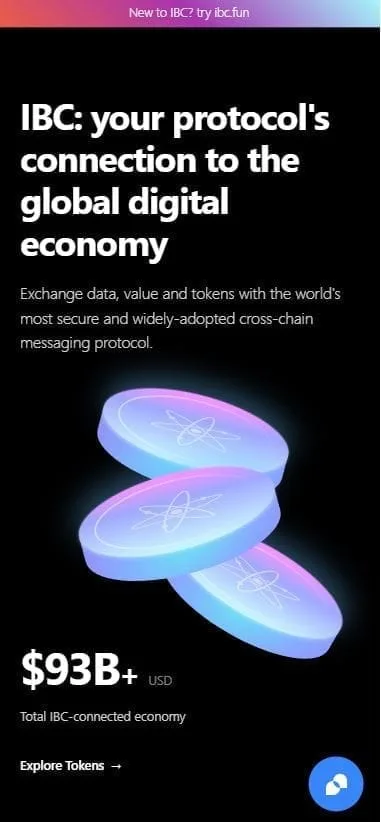
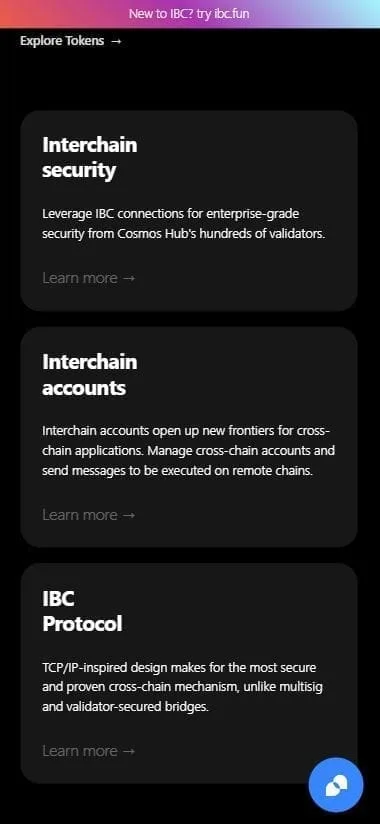
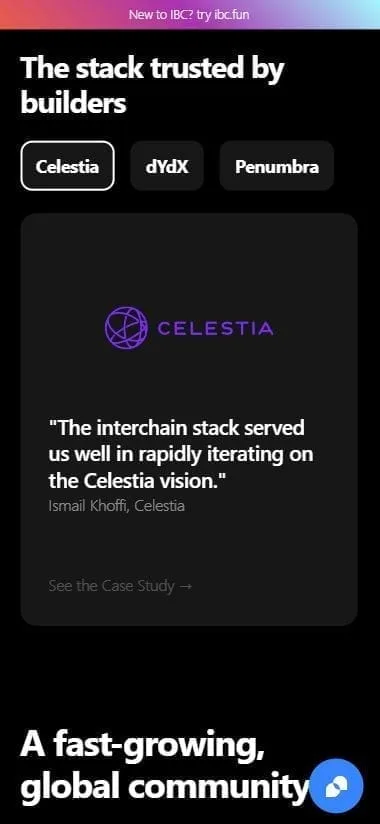
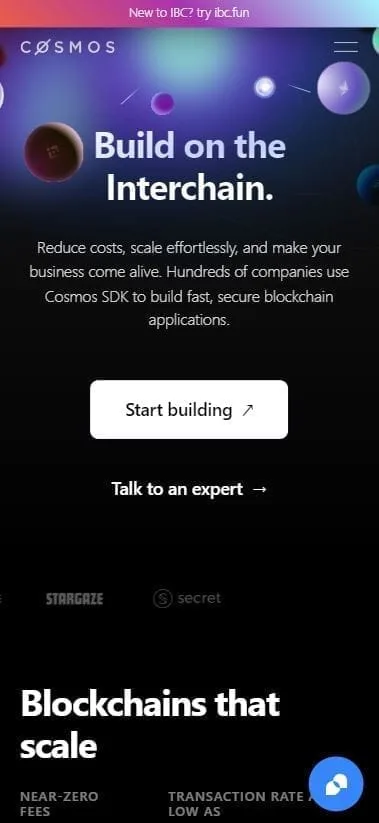


















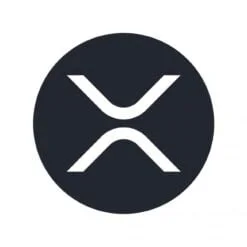
Harran –
👍
SnooPuppers –
I love cosmos , I couldn’t agree more with the marketing and pr. The useless projects are going to keep coming I believe for atleast the end of this cycle but they might start cleaning up soon. Honestly if cosmos could be narrowed down to atom, osmo, kuji, Migaloo, stars, stride, Tia, and they focused purely on what those chains bring to the ecosystem, migaloo restaking, kuji liquidation bots, stride liquid staking, stars for nfts, sometimes less is more and Iunno I believe in this case for that to be true